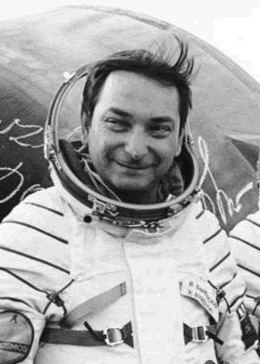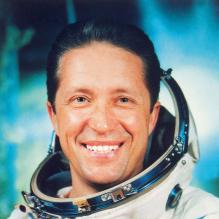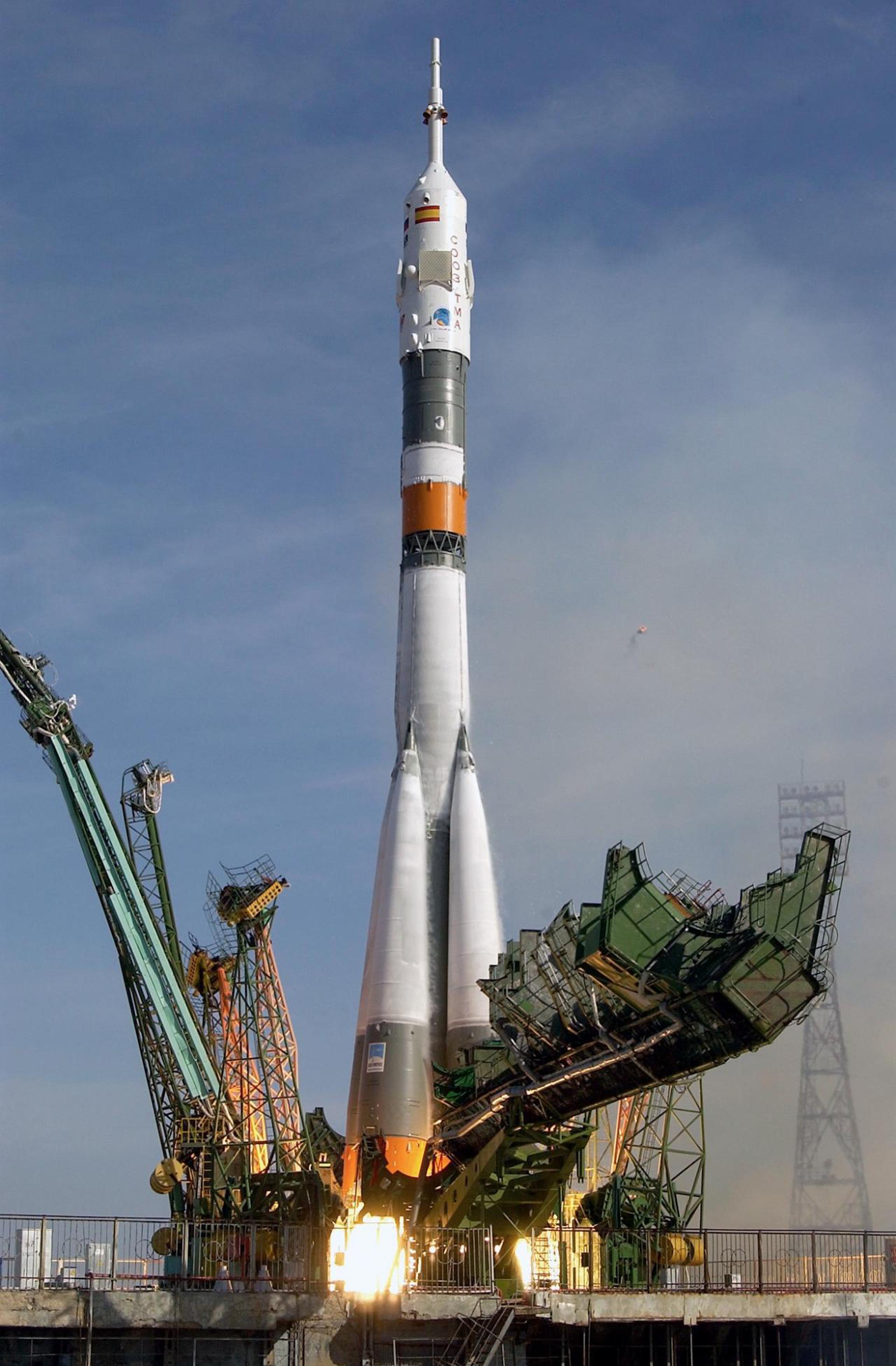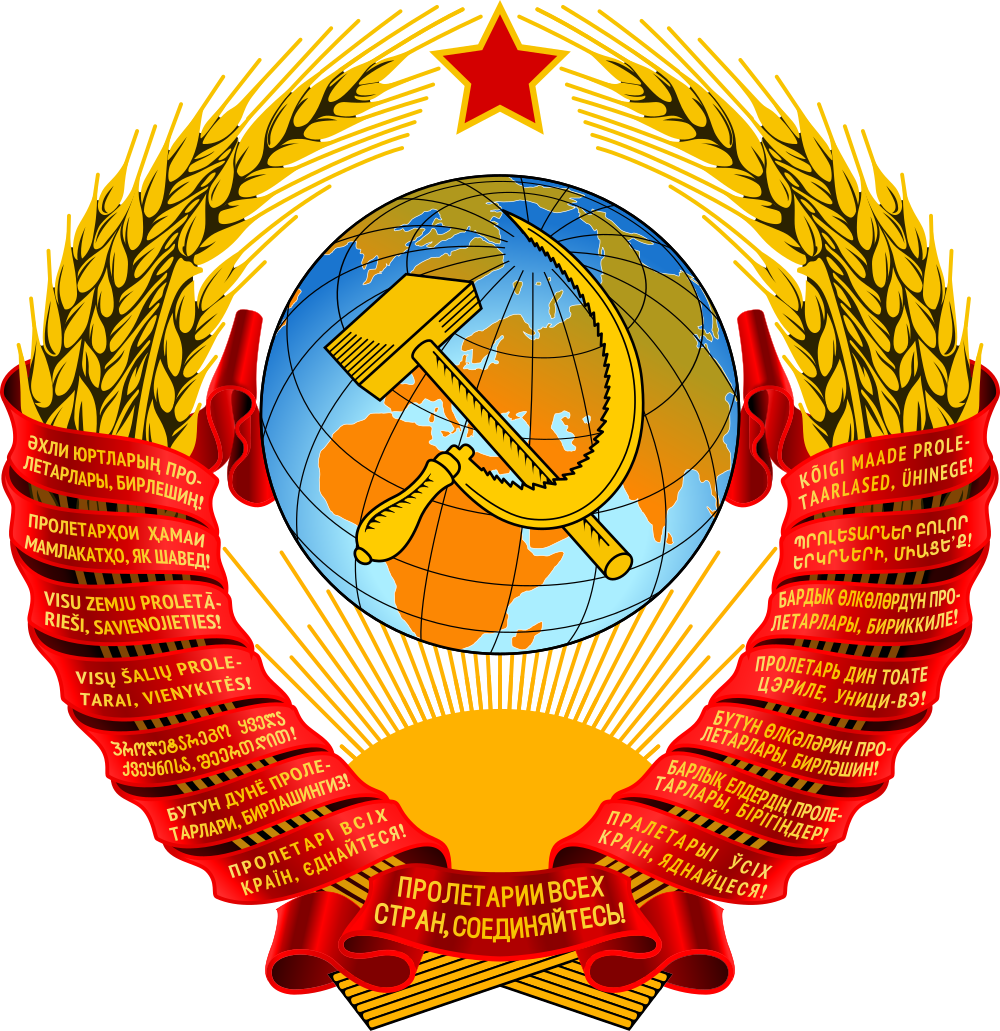Soyuz 22
Soyuz-U
Soviet Space Program
Crew

Valery Bykovsky
- Birthday: 08/02/1934
- Role: Commander
- Nationality: Russian
- First Flight: 06/14/1963
- Last Flight: 08/26/1978
Valery Fyodorovich Bykovsky (Russian: Вале́рий Фёдорович Быко́вский; born 2 August 1934) is a retired Soviet cosmonaut who flew three manned space mission space flights: Vostok 5, Soyuz 22, and Soyuz 31. He was also backup for Vostok 3 and Soyuz 37.

Vladimir Aksyonov
- Birthday: 02/01/1935
- Role: Flight Engineer
- Nationality: Russian
- First Flight: 09/15/1976
- Last Flight: 06/05/1980
Aksyonov was selected as cosmonaut on 3 March 1973. He was awarded the title of the Hero of the Soviet Union on two occasions. He retired on 17 October 1988.
Flew as Flight Engineer on Soyuz 22 and Soyuz T-2.
Mission
Soyuz 22
- Type: Human Exploration
- Orbit: Low Earth Orbit
Soyuz 22 mission began on September 15, 1976, 09:48:30 UTC, launching Commander Yuri Malyshev and Flight Engineer Gennady Strekalov into orbit. The main objective of the mission was Earth observation and imaging, resulting in 2,400 photographs of 30 geographic areas. During their 7-day stay in orbit, crew also conducted several biological experiments.
The mission concluded with a safe landing back on Earth on September 23, 1976, 07:40:47 UTC.
Location
Rocket
Agency
Soviet Space Program
The Soviet space program, was the national space program of the Union of Soviet Socialist Republics (USSR) actived from 1930s until disintegration of the Soviet Union in 1991.
The Soviet Union’s space program was mainly based on the cosmonautic exploration of space and the development of the expandable launch vehicles, which had been split between many design bureaus competing against each other. Over its 60-years of history, the Russian program was responsible for a number of pioneering feats and accomplishments in the human space flight, including the first intercontinental ballistic missile (R-7), first satellite (Sputnik 1), first animal in Earth orbit (the dog Laika on Sputnik 2), first human in space and Earth orbit (cosmonaut Yuri Gagarin on Vostok 1), first woman in space and Earth orbit (cosmonaut Valentina Tereshkova on Vostok 6), first spacewalk (cosmonaut Alexei Leonov on Voskhod 2), first Moon impact (Luna 2), first image of the far side of the Moon (Luna 3) and unmanned lunar soft landing (Luna 9), first space rover (Lunokhod 1), first sample of lunar soil automatically extracted and brought to Earth (Luna 16), and first space station (Salyut 1). Further notable records included the first interplanetary probes: Venera 1 and Mars 1 to fly by Venus and Mars, respectively, Venera 3 and Mars 2 to impact the respective planet surface, and Venera 7 and Mars 3 to make soft landings on these planets.


